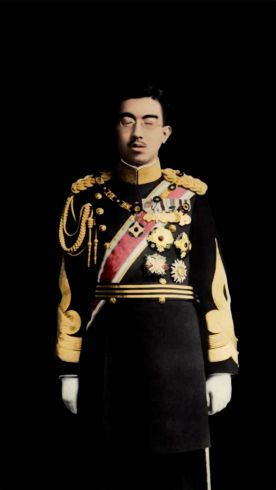| CMRK
is a network of four independent institutions in
Graz whose
common interest lies in the conveyance of contemporary art within an
international context. Openings 6pm Grazer Kunstverein 7pm Künstlerhaus KM– Halle für Kunst & Medien 8pm Camera Austria 9pm <rotor> 10pm CMRK Party Kombüse Free Shuttlebus Departure Vienna 7.12.2018, 3pm Opera bus stop, Bus 59a Departure Graz 7.12.2018, 11.30pm Künstlerhaus KM–, Burgring 2  CMRK archive: Spring 2017 Summer 2017 Autumn 2017 Winter 2017 Spring 2018 Summer 2018 Autumn 2018 |
Tetsugo
Hyakutake: Postwar Conditions Curated by Walter Seidl Opening: 7. 12. 2018, 8 pm Duration: 8. 12. 2018 – 17. 2. 2019 The exhibition by the Japanese artist Tetsugo Hyakutake, born 1975, leads back into history in a twofold way. On the one hand, he analyzes Japan’s history since World War II and how it has affected current identity formations within the country, which, for many decades, has been under the influence of the West, most especially the United States. The artist seeks to pursue a past that relates to issues of colonization, war, and other decisive historical events—themes that reflect on current issues of identity in Japanese culture and on the relationship between past and present, as well as the fractures between individual and collective memory. The artist juxtaposes archival material with his own photographs and negotiates various levels of temporality within the photographic dispositive. He often applies a special technique by treating photographs with chlorine to make them appear like historical documents and thus provokes an ontological leap between different realities—always raising the question of how Japanese identity and thought have come into being. On the other hand, the project leads into the history of Camera Austria: already in 1975—at the time still in the Galerie Schillerhof in Graz, curated by Manfred Willmann—a solo exhibition presented works by Masaaki Nakagawa, and in the same year works by Seiichi Furuya. It was due to Furuya’s mediation and knowledge that other important exhibitions of Japanese photography were realized in Graz, for instance by Toshimi Kamiya (1978), Daidoh Moriyama (1980), Hitoshi Fugo (1982), Shomei Tomatsu (1984), and Nobuyoshi Araki (1992). Ultimately, a new exhibition space was inaugurated in the Eisernes Haus with an exhibition of Japanese photography. It is when considering these moments of very specific intercultural exchange about such contrasting visual cultures that I would like to mention the upcoming exhibition curated by Walter Seidl and also transition now to discussion on a political level. |
 Tetsugo Hyakutake, Hirohito (Videostill), 2009. |
||
.......................................................................  |
PRIVACY
STATEMENT ..................................................................................................................................................................................................................................... Camera Austria Lendkai 1, 8020 Graz, Austria |
|
| ....................................................................... | ..................................................................................................................................................................................................................................... |


